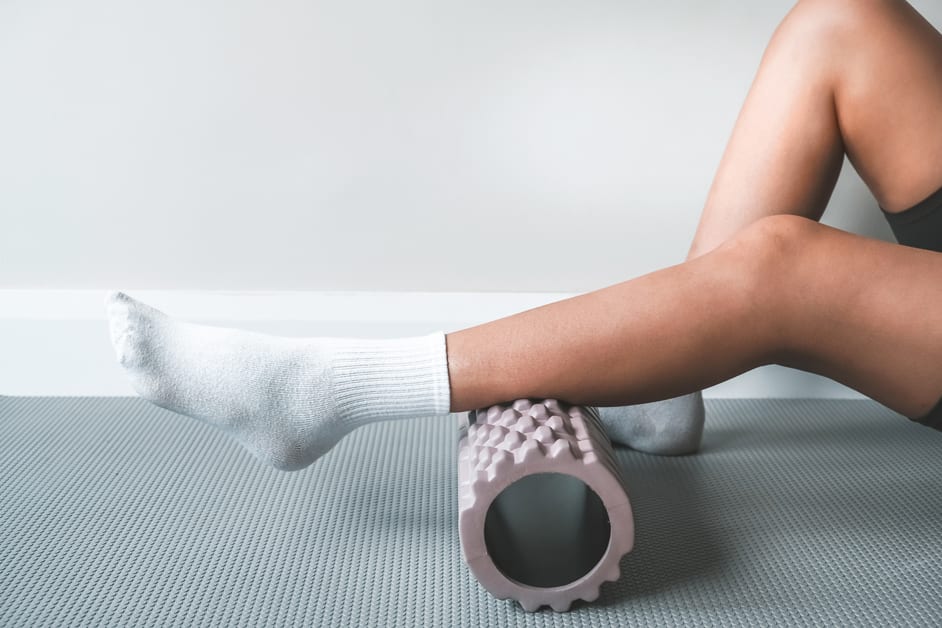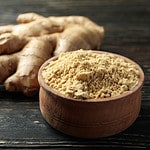Introduction
Foam rolling is a popular form of self-myofascial release (SMR). It helps to reduce muscle tenderness, soreness and knots, as well as increase mobility and performance during workouts. Combining foam rolling with dynamic stretching can be very helpful for relieving knee pain.
Using foam rolling correctly can help reduce pain, improve joint mobility and promote better overall knee health. It can be beneficial for those who experience knee pain due to tight or weak muscles. It has similar effects to using resistance bands or weights.
Here are five foam roll exercises which you can do to help with knee issues:
What is Foam Rolling?
Foam rolling is an SMR technique. It massages tight and sore muscles, helping them relax and become more flexible. It breaks up knots in the fascia or muscle tissue, which can cause pain. Foam rolling can be beneficial to reduce tension and soreness, and even increase mobility.
To use foam rolling, you roll it on areas of the body which are tight or tense. This helps loosen the muscles and increase range of motion. It also improves blood circulation and oxygen flow to the muscles.
To get the most from your foam roller, there are some basic exercises. These target common problems such as tight hips and back muscles, sore knees, and calves that won’t relax:
Benefits of Foam Rolling
Foam Rolling (or Self-Myofascial Release) is great for reducing tightness in leg muscles around the knee joint, such as the glutes, quads, and hamstrings. It not only boosts mobility and flexibility, but also provides pain relief. Research shows it improves arterial flow in the lower body, stimulating blood circulation in the legs and thigh and calf arteries.
This activity is suitable for all ages and fitness levels. It requires no equipment apart from a foam roller. You can use your own bodyweight, avoiding stress on the joints, and focus on releasing tension in certain areas, while properly aligning them with the joints. It’s also good for tight joints, found in the hips, back, and shoulders.
By dedicating five to ten minutes a day to foam rolling, you can get relief from knee pain and improve mobility for everyday activities such as walking or climbing stairs.
Foam Rolling Exercises for Knee Muscles
Foam rolling is great for easing knee tightness and pain. It’s a low-impact method that boosts flexibility and range of motion in the knee joints. Plus, it increases circulation in the muscles.
Here’s 5 foam rolling moves to help target your knee muscles:
Gluteal Roll
For the gluteal roll, sit on the ground with right leg tucked and left leg extended. Place a foam roller under the right gluteal muscle, from hip to knee. Rock side to side gently and apply pressure as needed.
This move targets deep muscles like adductors and piriformis. Go slowly for tissue softening before doing advanced exercises. If uncomfortable or in pain, take a break. Foam rolling can be intense – listen to your body and take breaks when needed.
Quadriceps Roll
Do the Quadriceps Roll! It’s a foam rolling exercise to target your knee muscles and make them more flexible. To start, you must sit with the foam roller on top of your quads. These are located at the front of your thigh. Roll your body forward and backward. When you find tight spots, pause and apply direct pressure for 30 seconds. Start from your hip bone and end just below your knee joint. Don’t roll directly over the knee joint – it can be painful for some!
If you find a sore spot, take slow deep breaths until the tension lessens. Then, do light rolling until all four muscle groups have been addressed. Stand up slowly and stretch your legs gently. Now you can continue with other exercises or sports activities.
Hamstring Roll
Foam rolling can help those with tight, sore hamstrings. It’s like a massage, but it also helps to fix imbalances in the tissue and makes it more flexible.
To foam roll your hamstrings, lie on your back with a foam roller under your glutes. Keep your arms by your sides, press forward gently, and roll slowly up towards your knee two to three times. Increase pressure as you feel any tightness or knots. You can also make small ‘micro-movements‘ to focus on the stiff areas. After two or three rolls, pause and hold the foam roller over the tender spots until you feel it loosen.
For best results, do this several times a day or include it in your stretching routine after your workout.
IT Band Roll
The iliotibial (IT) band is a fibrous strip of tissue that runs along the outer part of the legs. It can become tense from overuse or incorrect movements when doing exercises. Foam rolling can help loosen it, increase flexibility and ease the pain.
To roll the IT band, prop yourself up with one arm and place a foam roller on the ground. Bend your knees slightly, like you’re in a resting squat. Put the lower part of your leg together and put your weight on one side of your body.
- Roll from below your hip to above your knee for 30-45 seconds. Do this with steady, even pressure. If you feel any pain or discomfort, stop or use quicker, pressurized movements.
- Avoid going sideways – focus on going from one end to the other in a straight line across each leg.
- When done, switch sides so both legs get rolled.
Hip Flexor Roll
The hip flexors are located in the lower pelvis. They are used for activities like walking, running, squatting, and jumping. Tightness in the hip flexors can lead to bad posture and hurt your knees and back. Foam rolling can help reduce tightness and keep balance.
To foam roll:
- Place a foam roller or a ball below your hips.
- Roll from your knees up to just below your rib cage.
- Pause on any tender spots for 30-45 seconds. Keep breathing deeply as you pause.
- Do this 2 times on each side for 4 rounds.
Conclusion
Self care should be prioritized! Foam rolling is an amazing way to target tight, sore muscles near the knee. It boosts circulation and flexibility in the knee joints, making it perfect for preventing and treating knee pain. Make foam rolling a habit by doing these five exercises. But be careful: adjust pressure and stop if you feel sharp pain or discomfort.
Frequently Asked Questions
Q1: What is foam rolling?
Answer: Foam rolling is a form of self-myofascial release (SMR), which is a type of physical therapy that helps to improve muscle mobility and overall body function. It is done by applying pressure to trigger points in the body using a foam roller.
Q2: What are the benefits of foam rolling?
Answer: Foam rolling can help reduce muscle soreness, improve range of motion, reduce tension, and improve circulation. Additionally, it can help to prevent injuries and improve recovery time.
Q3: What are some foam rolling exercises for tight and sore knee muscles?
Answer: Some foam rolling exercises for tight and sore knee muscles include the knee flexor rolls, quadriceps rolls, IT band rolls, and hamstring rolls.





